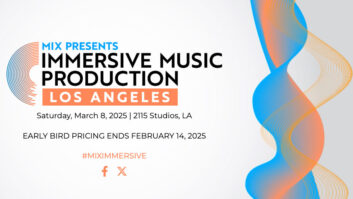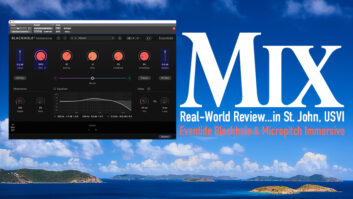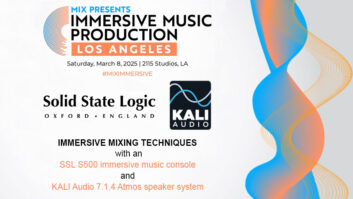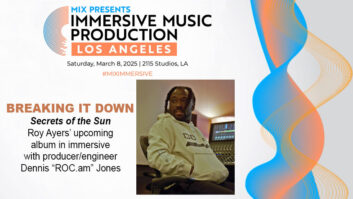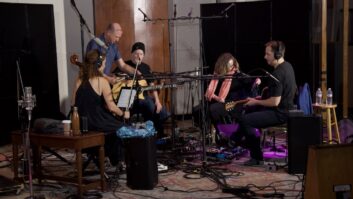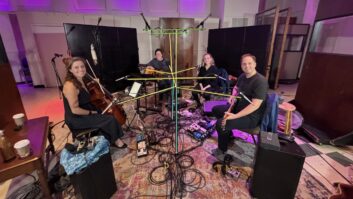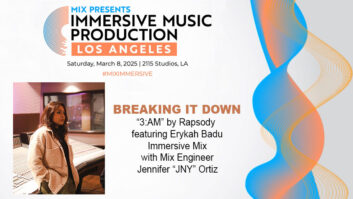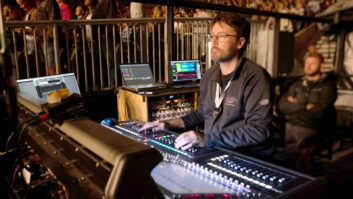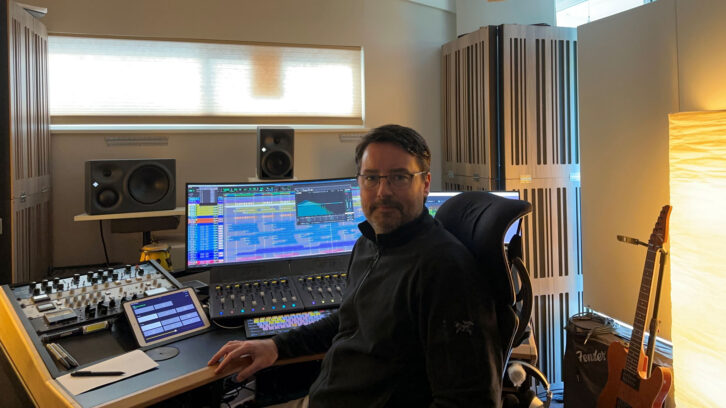
Los Angeles, CA (February 23, 2022)—After being tapped by mix engineer Manny Marroquin to create several immersive projects in Larrabee’s Dolby Atmos-equipped Studio 3, Kevin Madigan adopted Eventide‘s SplitEQ to control transients.
Since last year, Madigan has worked on numerous immersive projects including Migos, Alessia Cara, Kid Cudi, Portugal The Man, Post Malone, Lizzo and Kendrick Lamar. He recently finished mixing Paramore’s most recent album.
Working on Lamar’s “Die Hard,” he recalls reaching for SplitEQ to maintain the impact of a drum loop that was foundational to the track. “In this loop, I wanted more control over the transients, but only in one specific frequency area,” Madigan explains. “SplitEQ helped me get the transient control I was looking for instantly—it was exactly what I needed and allowed me to quickly move on.”
Madigan—no stranger to immersive music, having mixed Santana’s House of Blues residency in Las Vegas using an installed Dolby Atmos Live system—has found SplitEQ particularly useful in his immersive productions since the percussive impact can change when moving from stereo to object-based mixing. “When you start spreading things out from traditional 2-bus with dynamic control, many things can change,” he says. “This is where transient control can really help, which is exactly what SplitEQ excels at. As mix engineers, we need to have tools available to us to maintain the character of that stereo mix.”
Madigan aims to ensure the vision and integrity of Marroquin’s original stereo mix: “There are so many possibilities with immersive, but the idea is to expand the musical soundscape without ever being distracting. There are so many placement possibilities and options to make it more interesting, but you can never lose focus of the original intent,” he says.
